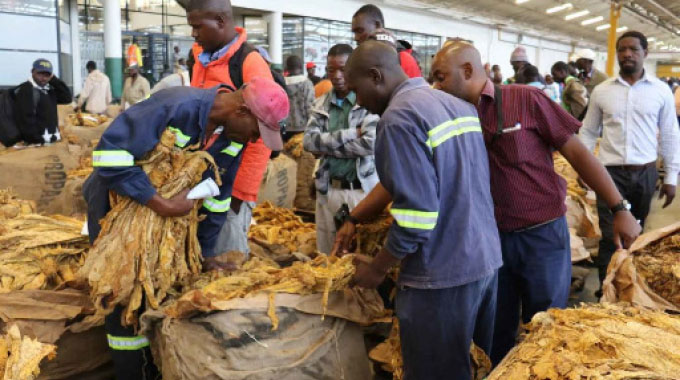‘No one will be left behind in Govt’s fruit trees programme’

Sharon Shayanewako
THE Government has reassured the nation that all rural households will receive fruit trees, which will be distributed according to agro-ecological regions of the country to ensure food security as well as incomes.
This is in line with the country’s Vision 2030 of achieving an upper-middle-income economy.
Chief director, Agriculture Advisory and Rural Development Services in the Ministry of Lands, Agriculture, Fisheries, Water and Rural Development Professor Obert Jiri said distribution would be done on the basis of agro-ecological regions to ensure maximum productivity and food security.
“Each village will get fruit trees both exotic and indigenous to be grown in community nutrition gardens. Distribution of fruit trees depending on the agro ecological regions is a great initiative, as some fruit trees, for example, macadamia or apple do not perform well in agro-ecological regions three, four and five. We therefore want to ensure maximum production and food security in rural communities,” said Prof Jiri.
In his speech during the Zimbabwe Farmers Union (ZFU) 82nd Annual Congress in Gweru recently, Lands, Agriculture, Fisheries, Water and Rural Development Permanent Secretary Dr John Basera also revealed that the type of fruit trees to be grown would be determined by the agro-ecological region.
Director responsible for Research Services in Dr Basera’s Ministry, Dr Claid Mujaju told The Herald that they were currently working on a project proposal about the distribution of horticulture fruits to different agro-ecological zones in Zimbabwe. Their plan was to roll out the project in conjunction with the National Herbarium and Botanic Gardens.
Meanwhile, the Government is targeting to drill 35 000 boreholes at the rate of a borehole in each village and community nutrition garden to promote horticulture in the villages.
Deputy director, Strategic, Policy Planning and Business Development in the Ministry of Lands and Agriculture Mr Freeman Gutsa said:
“As a Ministry, our aim is to ensure fruit trees’ profitability and impact assessment on livelihoods, that is, how each may contribute to increasing income levels for farming communities to reach a target of between US$4 000 and US$12 000 per annum,” observed Mr Gutsa.
The Government initiated the Horticulture Recovery and Growth Plan to give impetus to the horticulture industry’s recovery after its performance dipped in recent years due to various economic issues.
Essentially, the Government aims to increase agriculture’s contribution to US$8, 2 billion to reverse the decline in food production through the Horticulture Recovery and Growth Plan and revive serious trade on both domestic and export markets.
President Mnangagwa has since pledged to resolve unsettled land tenure matters and place agriculture at the epicentre of Zimbabwe’s economic policy with particular focus on exports, aided by the relaxation of the export procedures.








Comments